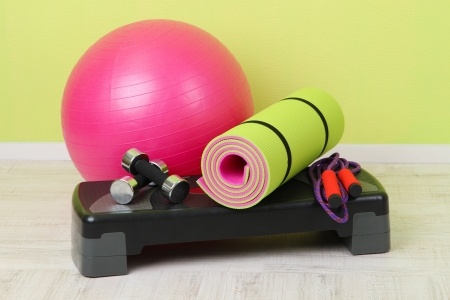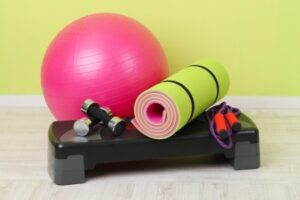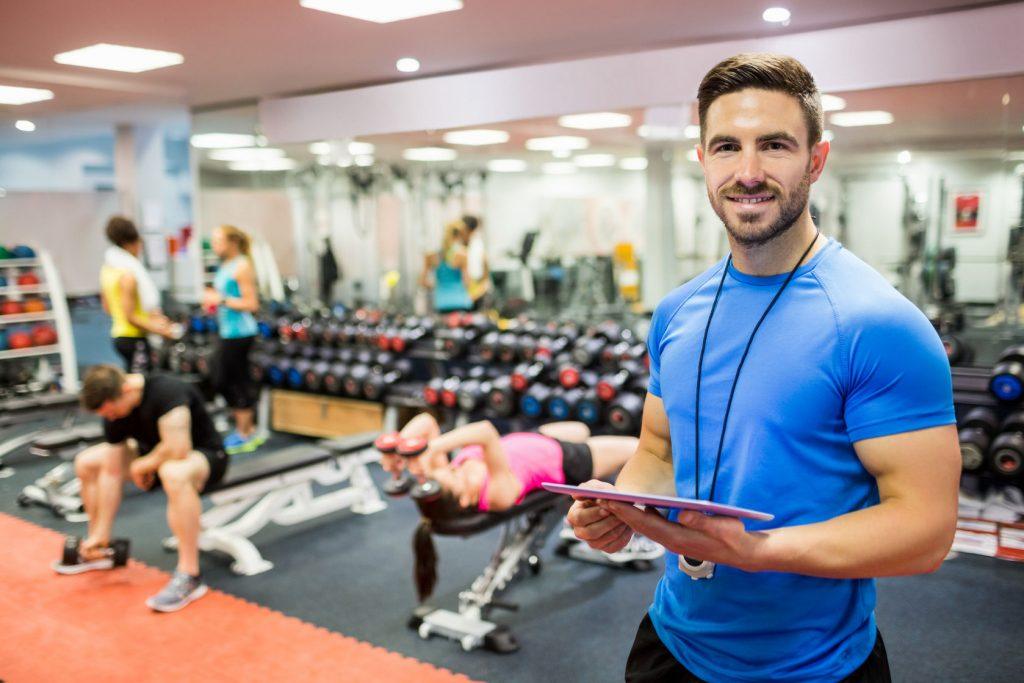How do you evaluate the quality of fitness products and equipment? That’s a loaded question. And the answer is equally as loaded. When it comes to evaluating the quality, efficacy, and utility of a fitness product, there are certain guidelines we, as trainers, can keep in mind the next time a client asks “what do you think of the X? It is supposed to do Y. Is this something I should buy for at-home use?”
If your professional experiences have been similar to mine, you are no stranger to clients’ inquiries about the latest fitness product on the market. As fitness pros, it’s unrealistic to think we can keep up with every new fitness tool invented and released on the open market. There’s always something “in the works” and, let’s be honest, many have questionable efficacy and/or are not supported by scientific reasoning or research. Some products, in advertising the benefits, take creative liberties with exercise principles and provide alternative facts, which might mean a poor investment decision for clients. So, how do we effectively evaluate a fitness product if we are unfamiliar with its claims and purported benefits? Follow these six simple steps to quickly and succinctly make a decision about a product’s quality. Following this process can help you guide your clients in their purchasing decisions and options.
Simple as 6 Steps
- Step 1. How does it work? What is it supposed to do? Take a look at how the product’s purported mechanism of action as it is advertised by the manufacturer. For example, “using this product will result in toned abs and arms.”
- Step 2: Who is the intended audience? A manufacturer will often market a fitness product featuring “hard body” models using the product, but the advertisement may communicate a different message indicating that the product can be used by “anyone at any level of fitness.” A general rule, if you as a fitness pro would be unable to successfully use that product or demonstrate the exercise, your clients most likely will not be able to do so either (of course, there are exceptions to every rule). If there is a contradiction in the intended audience and the advertised audience, consider this a potential red flag.
- Step 3: What is good about the product? What’s not good about the product? Realistically evaluate what (if any) good features the product has. Examples could be ease of use, functionality, stability, structural integrity, etc. Then, take a look at the “ugly” side. Compare and contrast. Be honest in your assessment. There are products that literally have no good features or purpose (ever heard of weighted eating utensils? Yes, they exist. I know – it’s scary.).
- Step 4: Based on your knowledge of exercise science principles, what is your expert opinion? Support your evaluation with evidence from science. Here’s the deal with this step. To achieve any real fitness results takes time, effort, and commitment – there are no magic bullets, but there are crazy inventions. Ask if the product’s claims make scientific sense. For example, if a product claims to tone the triceps, but to use the product requires the client to keep his or her arm in a 90-degree position and perform zero arm extension – the triceps are not a target muscle. In short, it is ok to believe a product is a gross misuse of time and money. Sadly, some are.
- Step 5. Give the product a grade. How would you rate the product overall after taking into consideration the results from the above four steps? You can use a traditional grading scale (A-F) or create a 5 point Likert scale. The point here is to translate your expert opinion of a product (the science-y talk) into relatable and relevant terms for clients.
- Step 6. Trust it, or Trash it. Educate your clients. After your assessment process is completed, it’s time to give the client your honest feedback. Keep it simple and honest, but don’t be condescending. If you feel a product might be good for the client to use, support the effort. But don’t be afraid to say why you wouldn’t recommend the product and perhaps suggest an alternative if the client would like to have some equipment at home. During this step, it might be helpful to have a written document that summarizes your professional opinion in plain language that the client can relate to. As a back-up, provide links or product information for other tools the client can consider for use.
Advocate for Informed Consumerism
It’s likely you will be asked about products you would ultimately grade as an A or B. It is also likely you will have to give a product a G (for gadget) and communicate its lack of quality and efficacy to your client. It’s all part of the business. Our job is not only to train our clients’ bodies to achieve optimal levels of health or performance; our role is to educate and help clients become informed consumers in all aspects of their health and fitness decisions.
Do you have tips and tricks to evaluating fitness products? Share your thoughts on our Facebook Page!
If you’re an NFPT trainer, join the Facebook Community Group to become involved with your peers today.
Related Articles




